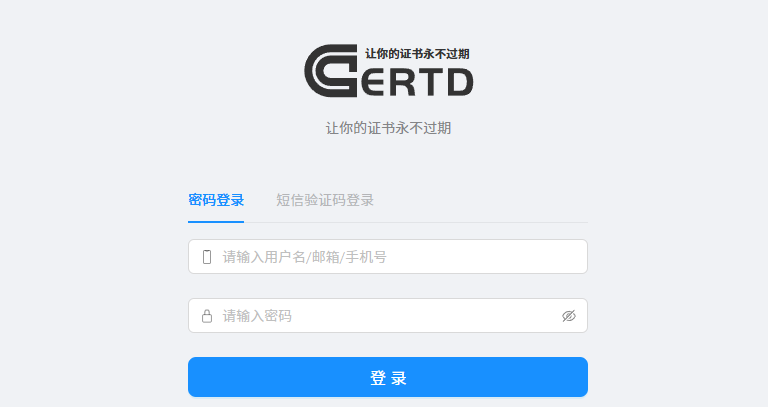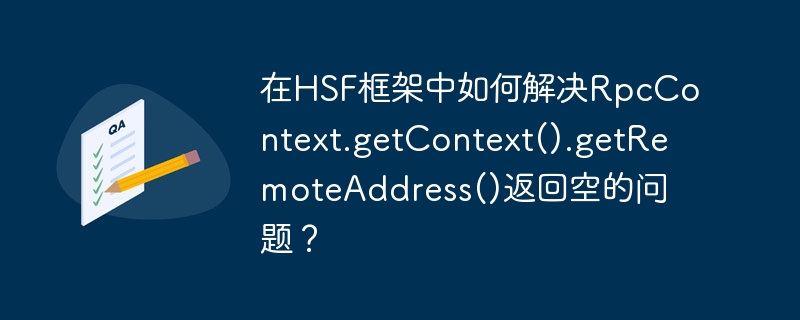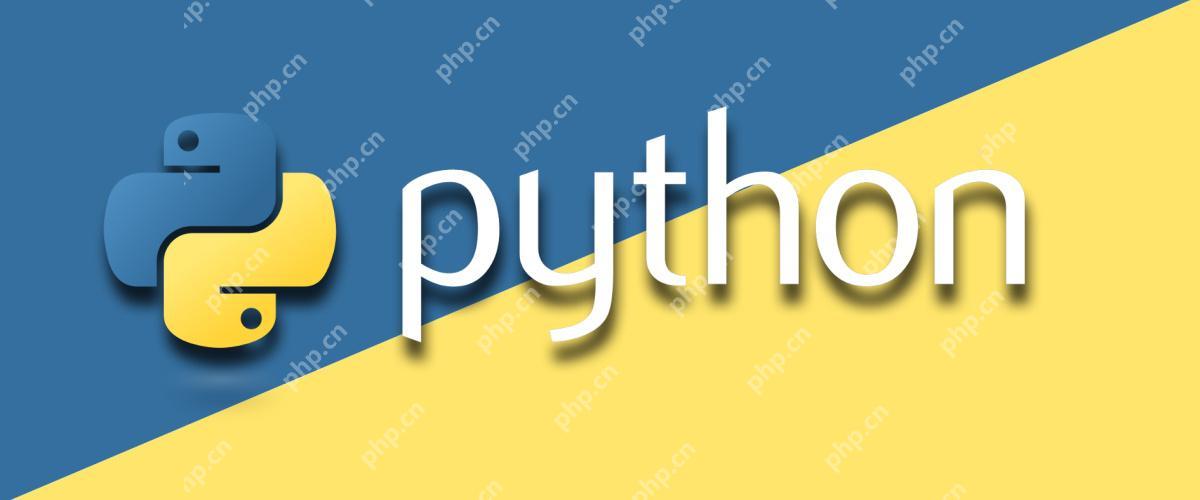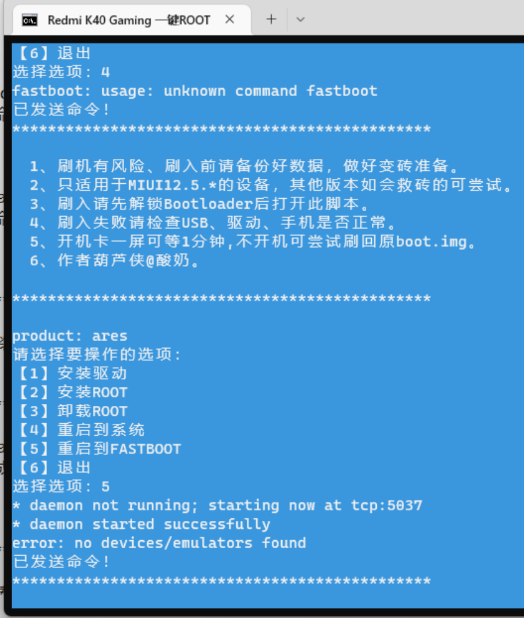
提升mybatis Generator效率:自定義插件自動生成實體類構造方法和toString方法
使用MyBatis Generator生成實體類時,默認只包含get/set方法,這降低了開發效率。開發者通常需要手動添加構造方法(含參和無參)以及重寫toString方法。本文介紹如何通過自定義插件,讓MyBatis Generator自動生成這些方法,避免重復工作。
問題:
MyBatis Generator生成的實體類(例如User類)只包含屬性的get/set方法,缺少構造方法和toString方法。開發者需要手動添加如下代碼:
package com.example.baseproject.entity; public class User { private Integer id; private String name; private String email; private String cellphone; // ... get/set 方法 ... @Override public String toString() { return "User{" + "id=" + id + ", name='" + name + ''' + ", email='" + email + ''' + ", cellphone='" + cellphone + ''' + '}'; } public User(Integer id, String name, String email, String cellphone) { this.id = id; this.name = name; this.email = email; this.cellphone = cellphone; } public User() { } }
雖然MyBatis Generator提供官方ToStringPlugin插件,但其生成的代碼可能與實際需求不完全一致。
解決方案:
更靈活的方案是參考官方ToStringPlugin,自定義一個插件(例如CustomToStringPlugin)。 由于需求相對簡單,只需對官方插件稍作修改即可。 通過擴展MyBatis Generator的插件機制,我們可以精確控制生成的代碼,在實體類中自動包含所需的構造方法和toString方法。 這需要一定的Java編程基礎和對MyBatis Generator插件機制的理解。 自定義插件允許精確控制toString方法的格式和構造方法的參數,滿足個性化需求,比手動添加代碼更高效可靠。
? 版權聲明
文章版權歸作者所有,未經允許請勿轉載。
THE END



















